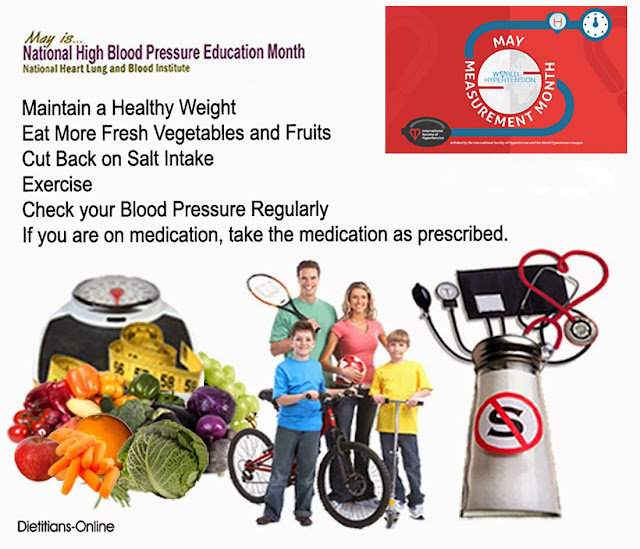Explore the world of salads!
From classic to creative,
salads fit every occasion.
Salads are a great way to add Nutrition and Color to
your day. Choose the right ingredients and keep them handy to create a
healthy meal.
Salads can easily become unhealthy if you are
not careful with the toppings. Be mindful about what you add and the portions. Measure more caloric items, such as cheese, nuts, and salad dressing.
Your options are endless. Load your plate up with colorful
vegetables. Raw vegetables are great and add a pleasant crunch. To add variety,
choose some cooked vegetables, such as grilled, roasted, or streamed.
List of Ingredients to Create Endless Salad Possibilities
Start with Leafy Greens (1 1/2 – 2 cups)
·
Arugula
·
Beet Greens
·
Bok choy
·
Boston lettuce
·
Collard Greens
·
Endive
·
Escarole
·
Green leaf lettuce
·
Red leaf lettuce
·
Iceberg lettuce
·
Kale
·
Microgreens
·
Mixed greens
·
Napa cabbage
·
Radicchio
·
Romaine lettuce
·
Spinach
·
Swiss Chard
·
Turnip Greens
·
Watercress
Add Vegetables (Fresh, Canned or Cooked)
Vegetables (2 tablespoons)
·
Avocado
·
Asparagus, chopped
·
Artichoke hearts
·
Bean sprouts
·
Beets
·
Bell Pepper
·
Broccoli florets
·
Carrots, shredded
·
Celery, chopped
·
Corn
·
Cucumber slices
·
Green beans
·
Mushroom slices
·
Onion
·
Peas, boiled
·
1 Roasted Red Pepper, julienned
·
Radishes, slices
·
Squash, sliced or diced
·
Tomato slices
Add Meat, Meat Alternatives and/or Dairy for a Main
Dish Salad
·
1 boiled Egg, sliced
·
2-3 oz Chicken: Grilled, Blackened, Curry
·
2-3 oz Turkey: Grilled, Blackened, Curry
·
2-3 oz Salmon: Grilled, Blackened, Curry
·
2-3 oz Shrimp: Grilled, Blackened, Curry
·
2 tablespoons crumbled Blue cheese
·
¼ cup Cottage cheese
·
2 teaspoons crumbled Feta cheese
·
1 oz fresh Mozzarella cheese, sliced
·
2 tablespoons Parmesan cheese
·
2-3 oz Sardines in water
·
2-3 oz Tuna, canned in water
·
½ cup Tofu
·
2-3 oz Tempeh
Add Beans and/or Grains
Beans (1 tablespoon)
·
Black beans
·
Cannellini beans
·
Chickpeas
·
Kidney beans
·
Lentils
·
Pinto Beans
Grains (1/4 cup)
·
Couscous
·
Barley
·
Bulgur
·
Farro
·
Quinoa
·
Wild rice
Nuts and Seeds (1 tablespoon)
·
Almonds, raw
·
Cashews, raw
·
Pecans, raw
·
Walnuts
·
Poppy seeds
·
Pumpkin seeds
·
Sesame seeds
·
Sunflower seeds
Fruits (optional)
·
1/2 Apple, sliced
·
1/3 cup Blueberries
·
Cranberries, 1 Tablespoon
·
2-3 Dates or Figs
·
10 Grapes
·
6 Mandarin wedges
·
1/2 Pear, sliced
·
1/3 cup Pineapple, slices or diced
· 2 Tablespoons Raisins or Dried Cranberries·
2-3 Strawberries, sliced
Other (optional)
·
1 Anchovy
·
5 Olives, Black, Green or Kalamata
·
2 Tablespoons Whole Grain Croutons
The Finale and Salad Dressing
·
Dash of fresh Oregano, Parsley or Coriander
·
Choose from a variety of Spices and Herbs
·
2 Tablespoons Homemade Salad Dressing:
Use Olive Oil, Vinegar, Citrus Juice, Salsa,
Low-fat Yogurt and/or Mustard
A salad can be delicious, healthy, and inexpensive.
Resources
1. Fat-free vinaigrette Recipes are easy to prepare and can be used as a marinade, salad dressing, or sauce.


















